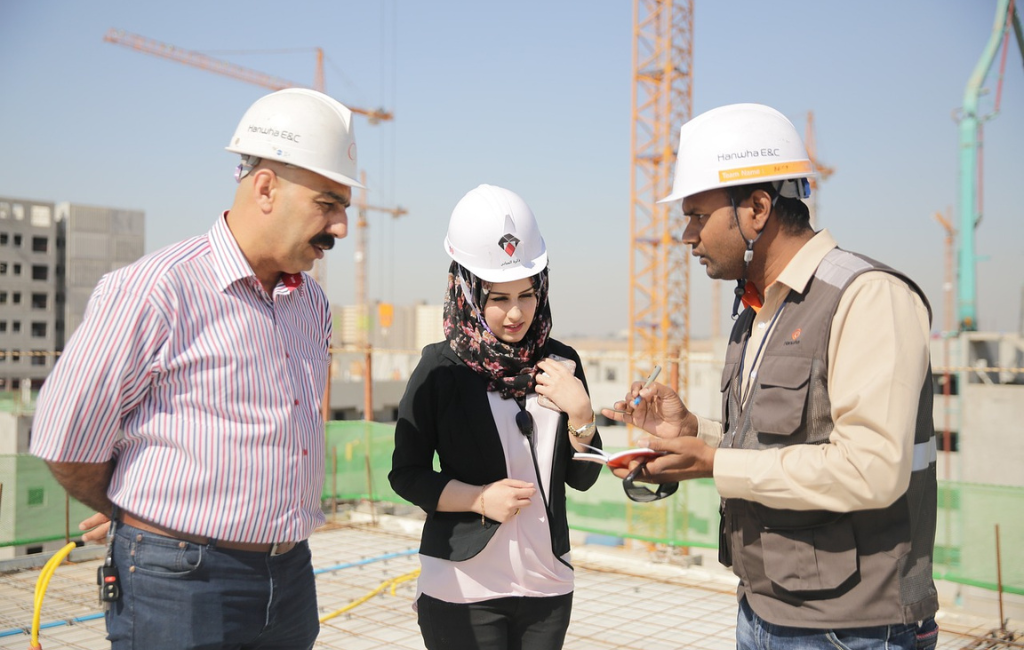Architect: Creating Sustainable Homes

Architect: Creating Sustainable Homes
Architects play a pivotal role in shaping the built environment, and their influence extends significantly into the realm of sustainable housing. As the world grapples with climate change and resource depletion, the demand for eco-friendly homes has surged. This article explores how architects contribute to the creation of sustainable homes, highlighting their strategies, innovations, and the impact of their work.
Understanding Sustainable Architecture
Sustainable architecture focuses on minimizing the environmental impact of buildings through energy efficiency, use of sustainable materials, and thoughtful design. The goal is to create homes that are not only comfortable and aesthetically pleasing but also environmentally responsible.
Key Principles of Sustainable Architecture
- Energy Efficiency: Reducing energy consumption through design and technology.
- Water Conservation: Implementing systems to reduce water usage.
- Material Selection: Using sustainable, recycled, or locally sourced materials.
- Indoor Environmental Quality: Ensuring healthy indoor air quality and natural lighting.
- Site Selection: Choosing locations that minimize environmental disruption.
Architectural Strategies for Sustainable Homes
Architects employ various strategies to design sustainable homes. These strategies are often tailored to the specific needs and conditions of each project.
Passive Design Techniques
Passive design techniques leverage natural resources to maintain comfortable indoor temperatures. These include:
- Orientation: Positioning the home to maximize natural light and heat from the sun.
- Insulation: Using high-quality insulation to reduce heat loss in winter and heat gain in summer.
- Ventilation: Designing for natural ventilation to improve air quality and reduce reliance on mechanical systems.
Renewable Energy Integration
Incorporating renewable energy sources is a cornerstone of sustainable home design. Common approaches include:
- Solar Panels: Installing photovoltaic panels to generate electricity.
- Geothermal Systems: Using the earth’s stable temperature for heating and cooling.
- Wind Turbines: Harnessing wind energy in suitable locations.
Case Studies of Sustainable Homes
Examining real-world examples provides valuable insights into the practical application of sustainable architecture principles.
BedZED, United Kingdom
The Beddington Zero Energy Development (BedZED) in London is a pioneering eco-village. Key features include:
- Energy Efficiency: Homes are super-insulated and use passive solar heating.
- Renewable Energy: Solar panels and biomass heating systems are used.
- Water Conservation: Rainwater harvesting and low-flow fixtures reduce water usage.
Hockerton Housing Project, United Kingdom
The Hockerton Housing Project is another notable example. Highlights include:
- Earth-Sheltered Design: Homes are built into the earth to provide natural insulation.
- Renewable Energy: Wind turbines and solar panels supply energy.
- Self-Sufficiency: The community grows its own food and manages waste sustainably.
The Impact of Sustainable Homes
Sustainable homes offer numerous benefits, both for the environment and for residents.
Environmental Benefits
- Reduced Carbon Footprint: Lower energy consumption and renewable energy use decrease greenhouse gas emissions.
- Resource Conservation: Sustainable materials and water-saving technologies preserve natural resources.
- Waste Reduction: Efficient design and construction practices minimize waste.
Health and Economic Benefits
- Improved Indoor Air Quality: Natural ventilation and non-toxic materials enhance health.
- Lower Utility Bills: Energy-efficient homes reduce heating, cooling, and electricity costs.
- Increased Property Value: Sustainable homes often have higher resale values.
Challenges and Future Directions
Despite the benefits, creating sustainable homes presents challenges. These include higher upfront costs, regulatory hurdles, and the need for specialized knowledge. However, advancements in technology and growing awareness are driving progress.
Innovations in Sustainable Architecture
Emerging technologies and materials are making sustainable homes more accessible. Examples include:
- Smart Home Systems: Automated systems optimize energy use and improve efficiency.
- Green Roofs and Walls: These features provide insulation and reduce urban heat islands.
- Advanced Insulation Materials: New materials offer better performance and sustainability.
The Role of Education and Advocacy
Architects must stay informed about the latest developments in sustainable design. Continuing education and professional organizations play a key role in this. Advocacy for supportive policies and incentives is also critical to advancing sustainable architecture.
Conclusion
Architects are at the forefront of the movement towards sustainable homes. Through innovative design, strategic use of materials, and integration of renewable energy, they create homes that are environmentally responsible and beneficial to residents. As technology advances and awareness grows, the role of architects in promoting sustainability will only become more significant.